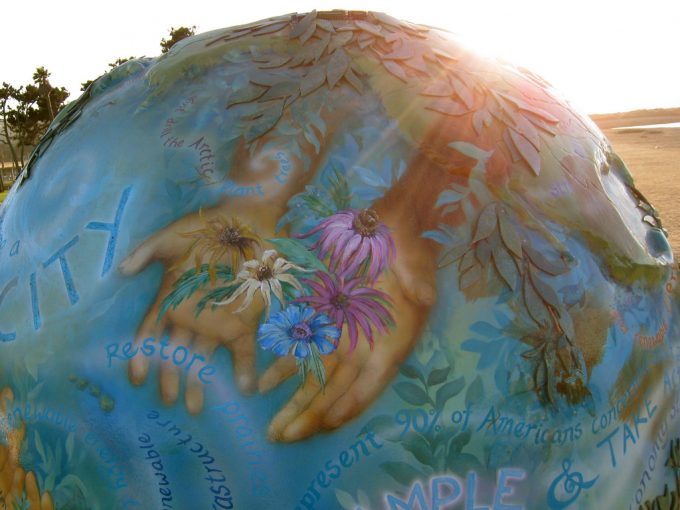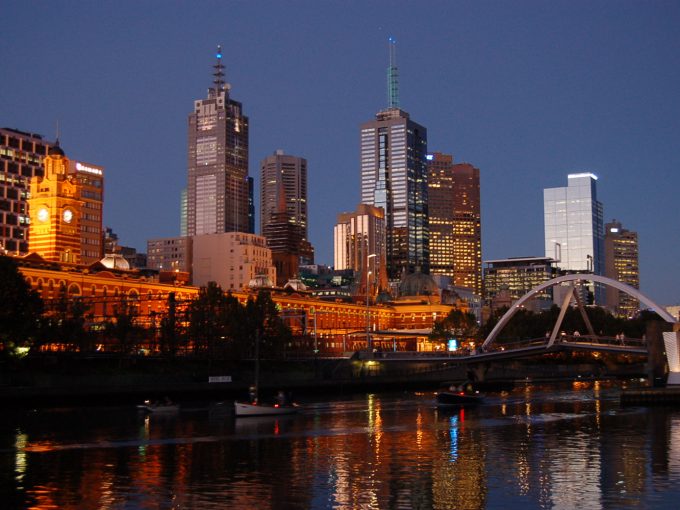Are humans now an “urban species”? Do we now live in an “Urban Age”?
Originally published on The Conversation – 27 June 2016
Authors: Lauren Rickards, Brendan Gleeson, Cian O’Callaghan & Mark Boyle
To understand the contemporary human condition, should we all learn to “see like a city”, or even think like a smart city?
Whether the focus is on governance, climate change, infrastructure, citizenship, public space or terrorism, the turn towards the urban is unmistakable. It seems inexorable, fuelled by human migrations, proliferating technological connections, global trade and policy shifts.
This was surely a long time coming; we moderns have always cultivated a sense of The City as human destiny. So have we arrived at our destiny, the urban age? Or is it merely a new stage in the human drama?
The executive director of UN Habitat, Joan Clos, recently said:
The unprecedented confluence of climate change, population boom and the rush to live in cities means that our critical human development will take place in cities.
Clos was announcing an initiative, the UN Sample of Cities, which “adopts cities as units of analysis and studies them together to discover patterns of similarities and differences”, furthering what is increasingly called “the science of cities”. Yet surely the “urban” has always been a synonym for complexity and surprise – can cities really be reduced to scientific certainty?
Although cities are increasingly used to organise research, policy and visions of the future, the fate of Homo urbanus is not clear-cut. New debates are emerging about the urban and its place in the world. Alongside utopian images of bright green cities and a luminescent urban planet, dystopian images of the urban are also emerging, continuing another of modernism’s aesthetic and literary traditions.
Whether one feels optimistic about urban futures or not, there is a sense that a primary task of our times is making cities work efficiently, sustainably and equitably. Paradoxically, this broad social feting of the city coincides with cracks appearing in the foundational concept of “the urban”.
No city is an island
In academic discussion at least, “the city” and “the urban” are increasingly under stress conceptually as well as empirically. How coherent and relevant are these categories in a world of blurred spatial and governance boundaries?
As we discuss in a recent virtual special issue of the journal Urban Studies, unease is growing among some scholars about how useful the urban is any more as a conceptual category. Holding onto the city lenstoo tightly may shut out complex human and natural realities.
This includes growing environmental interdependencies, which aren’t easily contained in traditional urban boundaries. Just think of the ever-growing “food miles” that define urban consumption in Western cities.
Dense connections between “humans” and “nature”, and “urban” and “rural” or “wild”, are arguably obscured in strong city-centric thinking, sidelined as something “out there”. But to accommodate growing evidence that cities are not inseparable from nature, traditional urban concepts are being stretched, pulled and twisted.
The recent Resilient Melbourne Strategy, for example, makes the crucial point that the city is nearly completely reliant on energy produced in the non-metropolitan region of the Latrobe Valley. But the landmark strategy, despite being admirably consultative, is still the product of only metropolitan councils.
While limiting the number of voices at the table is often a pragmatic necessity, it unavoidably imposes constraints of the sort that resilience-thinking itself tries to challenge.
If South Gippsland Shire Council were to be involved in the strategy, for instance, it may contest the recommended solution to Melbourne’s reliance on its region’s energy: “reduce this reliance” by diversifying energy sources.
Such diversification can be a very positive step, especially if it reduces fossil-fuel use and its intensification of the greatest inter-linker of all, climate change. But if such a strategy is pursued in a Melbourne-centric way, one that frames Gippsland as simply a replaceable, sub-optimal source of energy, that disregards the region’s vulnerability to such an urban bias.
So although “resilient cities” and “urban resilience” are increasingly well-known policy phrases, arguably the words strain at each other if a more-than-city perspective is not taken.
A new focus on processes rather than space
Urban studies scholars have been trying to rethink what the urban actually means in a world characterised by more and more cross-boundary relations, flows and churning processes of de-territorialisation and re-territorialisation.
In contrast to the growing use of “the city” and “the urban” as a self-evident policy lens, concern is growing that both categories are too static and bounded.
Philosopher Henri Lefebvre’s idea of “planetary urbanisation” is attracting renewed interest. Not without its critics, this idea emphasises urbanisation as a process, consisting of vast transboundary flows of capital, people, resources and waste that continually remake cities and – in the process – “rural”, “wild” and “global” spaces.
One interpretation of this focus is that the urban is everywhere, a boundless idea expanding in our imagination as well as planet. These scholars push us to consider, for example, the ways in which the Alberta tar sands or mineral mining in the Andes might be considered “urban” phenomena, given how these extractive industries fuel the “cities”.
This interpretation of “the urban” as a “processual form”, not bounded space, challenges how we think about what makes “cities” sustainable. Are cycling lanes or allotment gardens enough to make urban life sustainable when the ecological footprint of “the city” is entangled with the planetary processes of environmental degradation?
Whether such conceptual or physical spread is a sign of “the urban’s” success or its vulnerabilities and near-demise is an open question. Both interpretations are hotly contested.
Overall, “the urban” is not a simple, self-evident, scientific concept. Rather, it is an increasingly contested, stressed idea. In a world in which we must deepen our awareness of cross-boundary interactions to achieve objectives such as enhanced resilience, we need to question as well as acknowledge our habitual city focus.





